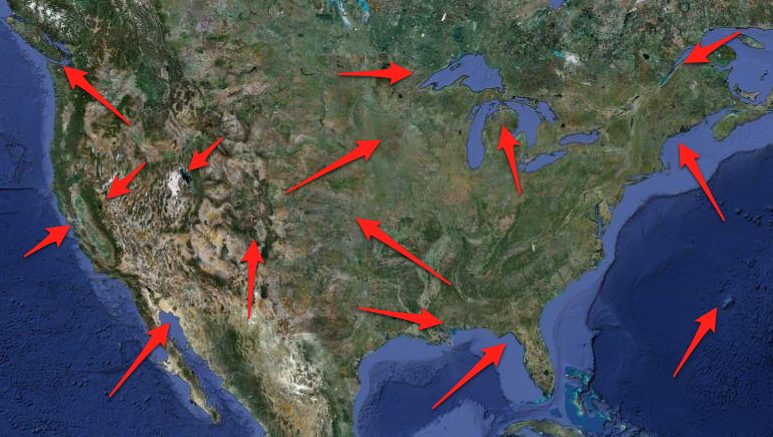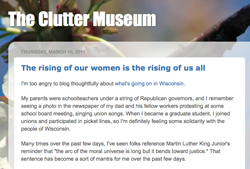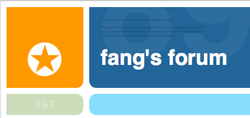Hey, I wrote a post over on my other blog about finding a public history or museum studies graduate program that’s a good fit. Since I know many of my readers have been to grad school, and especially grad school in the humanities and social sciences, if you have a moment, I’d appreciate it if you’d click over there and leave a comment for students who are looking to make what is traditionally a historian’s Plan B into their Plan A.
Many thanks!




